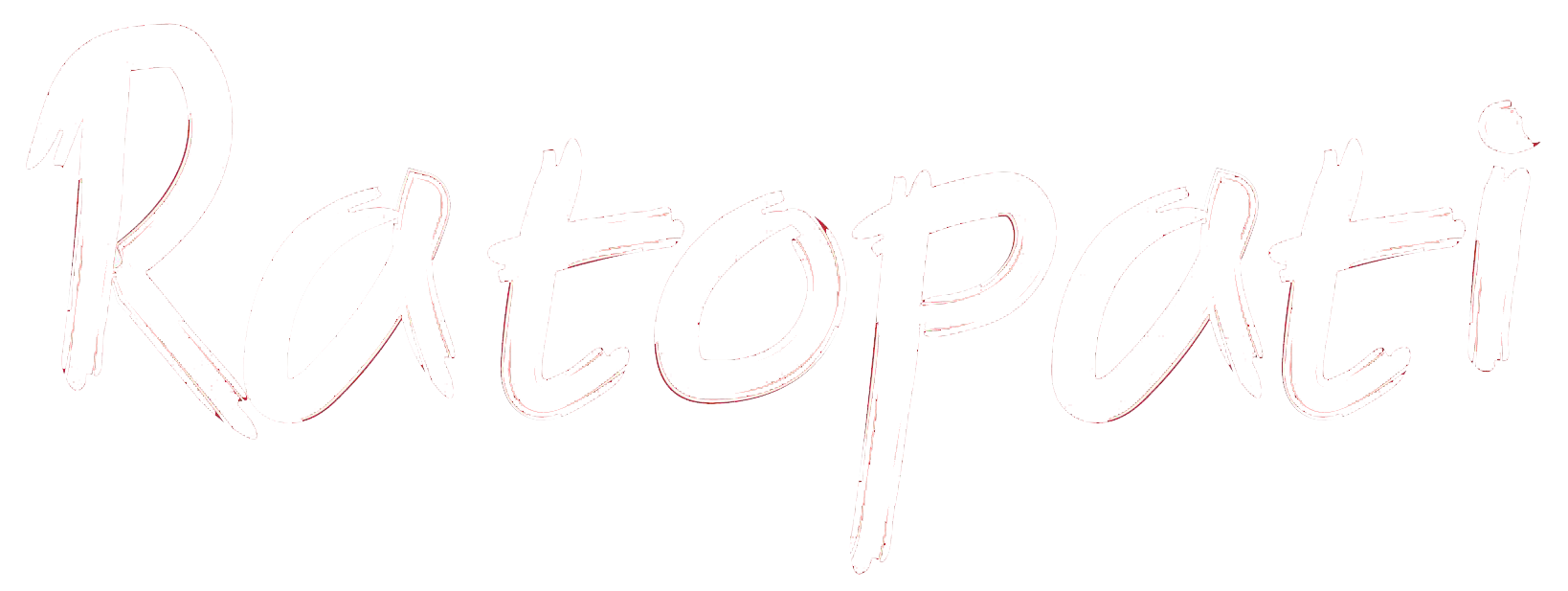Rato Machhindranath chariot procession uncertain

Kathmandu - The procession of Rato Machhindranath, the deity of good harvest and rain, has come across uncertainty due to lockdown enforced to prevent COVID-19 outbreak. Though the procession would be taken out on April 24, the chariot has yet to be built. People’s representatives and leaders of the cultural groups linked with procession are of the opinion to organize chariot procession at any cost whereas Guthi leadership said the chariot could not be built during such difficult time.
Astrologist Daibagy Kirtimadan Joshi shared that although it could not possible to construct the whole structure of chariot, the tradition should be continued by constructing a place to keep the deity. He added chariot could be built by maintaining social distance as per government’s decision. He argued that after the chariot procession, the event could be organized once the situation returns normalcy. Kapil Bajracharya, 70, the main priest of Rato Machhindranath, is feeling sad after knowing that the chariot procession of Rato Machhindranath has come uncertain.
He shared that the procession was never stopped even during most difficult situation in the past and the procession is even more significant during this pandemic. The chariot procession of Rato Machhindranath was also held even following the Gorkha earthquake in 2015. Chairperson of Lalitpur Metropolitan City-10, Narsingh Byanjankar said the procession of Rato Machhindranath should not be stopped as it is the religious devotion of all.
Likewise, Spokesperson of Lalitpur Metropolitan City, Raju Maharjan shared that it would be a problem to take out procession amidst the lockdown since the procession once initiated should not be stopped. Guthi Sansthan Lalitpur chief Raj Bhuju denied the possibility of making the chariot for the Rato Machhindranath festival during a lockdown period. According to him, the chariot making process requires adequate workforce which is not possible to manage at the moment when the lockdown is going on. ''The procession could be postponed until the lockdown was lifted,'' he added.
The Rato Machhindranath is worshiped as the deity of rains and good harvest. The myth suggests that Guru Gorakhnath was his disciple. Once Yogi Gorakhnath had visited Kantipur (now Kathmandu Valley) and got angry as he was denied Viksha (offerings) by the Kantipur folks. Enraged Yogi (saint) made a sit upon serpents believed to bring rains for 12 years. As a result, Kantipur suffered a severe drought throughout these years and it put the people's life at great misery. People were desperate to find a solution to the drought. In course of seeking the ways to please the angry deity, it was realized that it would be possible if his Guru Machhindranath was made to arrive Kantipur.
A team of the then Bhaktapur's king Narendra Dev, Kathmandu's Guru Bandhu Dutta Acharya and Lalitpur's farmer Rathachakra was formed to bring Machhindranath to Kantipur from Kamarupkamakhya of Assam. On the way back to home, one idea clicked the mind of Rathchakra. He thought that it would be fortune of the Lalitpur folks if the deity was made to reside in Patan. He succeeded in his plan citing that night had already fallen and they could not continue their journey ahead. King Narendradev and Guru Acharya were convinced by him and agreed to stay in Patan that night.
The farmer during night made it possible to meet the Patan's king in secret and the finally Rato Machhindranath was put in Patan by using other tricks thereafter. Upon the knowing the arrival of his Guru in the town, Yogi Gorakhnath stood from his seat to pay homage to the former and serpents got a time to get free. Then the rain occurred and the problem was solved. The festival is celebrated in the commemoration of the same myth.










Leave Comment